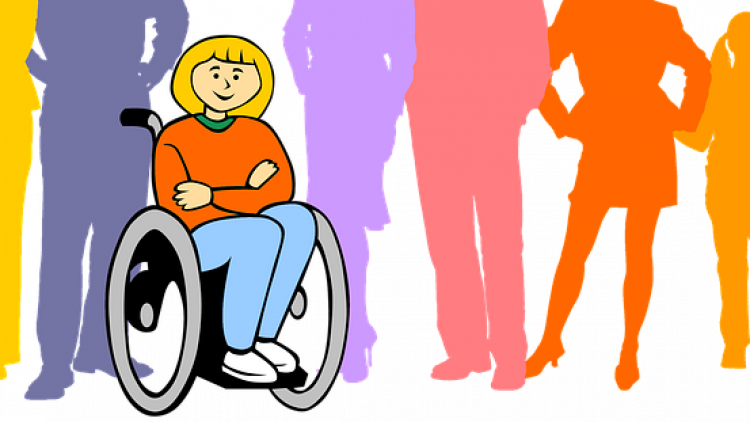‘Accessibility must become the norm’
Students with disabilities still facing problems at higher education

There is widespread agreement that higher education should be accessible to everyone. About two-thirds of Dutch higher education institutions have signed a UN declaration of intent for more inclusive education. But “despite increasing awareness and support, implementation is lagging behind”, writes ECIO in its State of Inclusive Education 2023, published last week.
Invisible disabilities
Lifts that can’t be operated by the visually impaired, entrances that are inaccessible to wheelchair users, and websites and apps that some students can’t use – the report shows that the accessibility of higher education often leaves much to be desired. Overall, ECIO estimates that nearly 40 percent of students have a disability. Of this group, 3 percent have a visual or motor impairment. But the largest groups are made up of students with conditions you can’t see: mental health problems (24 percent), difficulty concentrating (30 percent) and dyslexia or dyscalculia (37 percent).
These large groups would greatly benefit from certain adjustments, but these aren’t always easy to find. An earlier ECIO report published in October revealed that a third of students with support needs are not aware that they can request special exam arrangements, such as extra time for tests and extended deadlines.
National standard
ECIO based its report on existing research, so the figures it refers to aren’t new. But the centre does draw a new conclusion: perhaps it’s time for a national standard for accessible education. That way, every student will know the minimum level of accessibility their institution should offer – for example, “that every educational building should have at least one accessible entrance and toilet”.